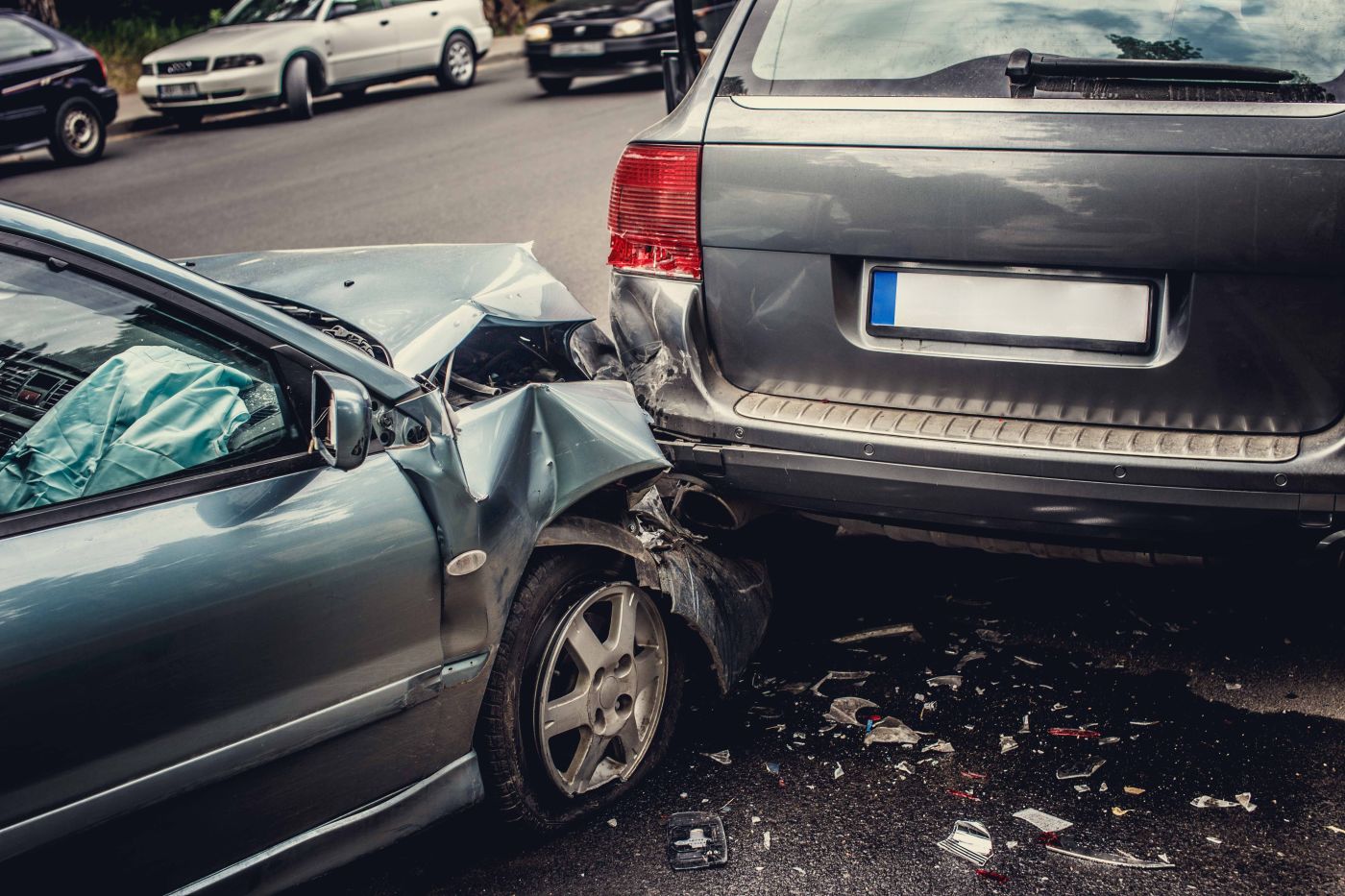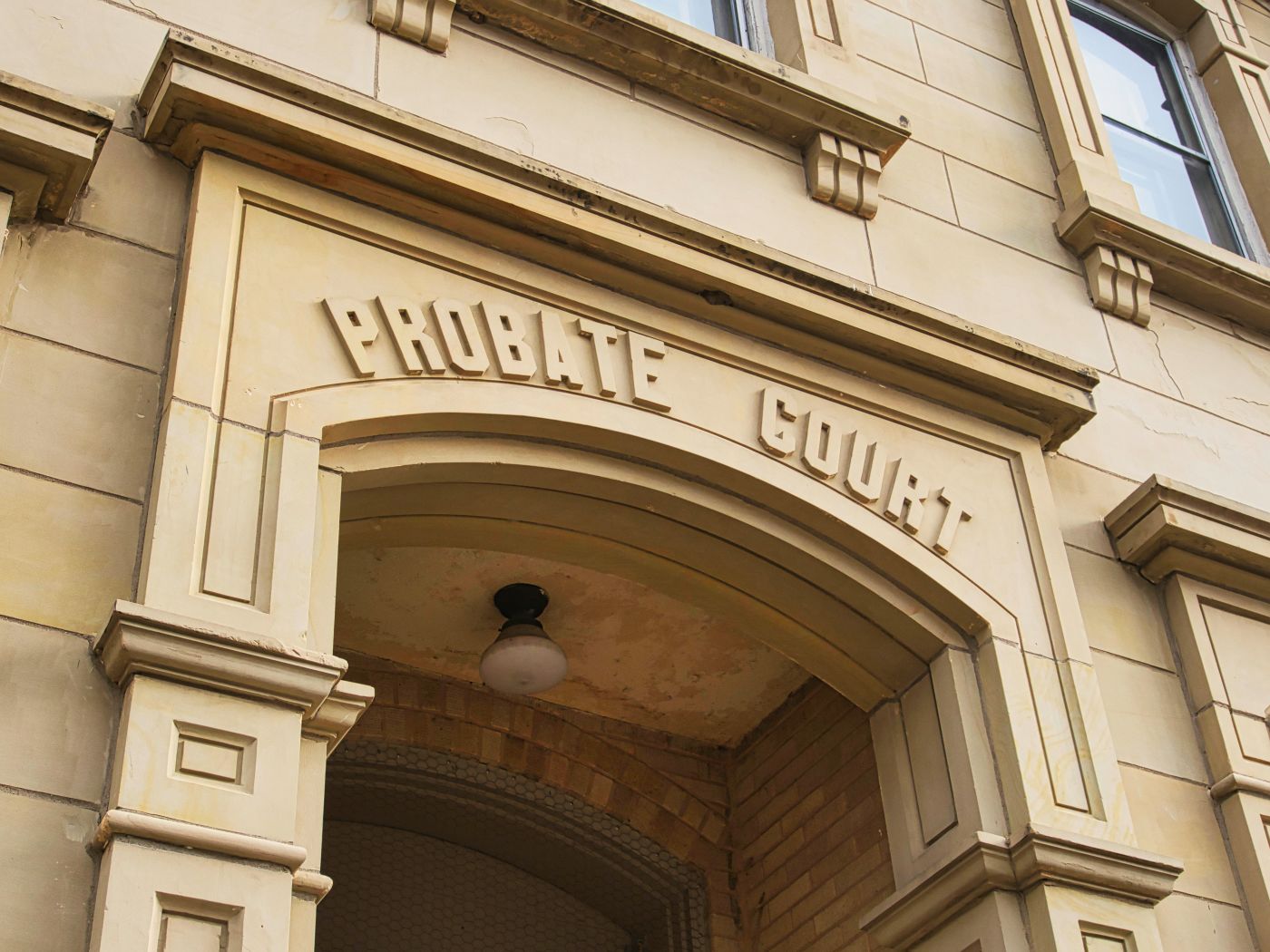
When an injury results from another person's actions—or inaction-the burden of proof rests on the victim and their attorneys. That’s why the quality of the evidence often becomes the deciding factor in how a personal injury claim plays out. From the first medical report to the final witness statement, every piece plays a part.
At Wadler Perches & Kerlick, we understand the overwhelming feelings that come with dealing with the aftermath of an accident, whether you're going through it yourself or caring for someone else. By gathering documentation early, we lay the foundation for a strong personal injury case. If you or a loved one is looking to file a personal injury claim in Southeast Texas, including Wharton County, Fort Bend County, and Matagorda County, it's time to explore what needs to be collected and how it all comes together.
Medical Documentation Forms the Foundation
We always start with medical records because they connect the injury directly to the incident. Without clear documentation showing the timing and severity of the injury, the case can quickly fall apart. These records do more than show what happened—they help paint a picture of how the injury continues to impact day-to-day life.
Some of the most critical medical documents include:
Emergency room reports: These show immediate care after the incident, helping to verify that the injury occurred as described.
Ongoing treatment plans: Documentation from follow-up visits, physical therapy, or surgeries shows how serious the injury is and how long recovery may take.
Prescription records: These help show the level of pain or discomfort, and they support claims involving long-term or chronic effects.
Mental health assessments: Injuries aren’t always physical. If the event led to anxiety, PTSD, or depression, we include those reports as well.
Once we’ve established the medical aspect of the case, we look at how it fits with the broader timeline. This is where additional forms of evidence become essential.
Incident Reports and Police Records Add Crucial Context
After an accident, whether it's on the road or on someone else's property, a written report adds another layer of credibility. Police reports or incident records often contain neutral, third-party details that support the version of events we’re putting forward.
Key reasons why these reports matter:
They verify the date and time of the accident: That helps align the medical timeline with the actual incident.
They may assign fault: In traffic cases, for instance, officers often note signs of distracted or reckless driving.
They include witness names and statements: This gives us leads for gathering testimony that supports your side of the story.
From there, we’ll move to witness statements themselves, which can be just as powerful as official documents.
Witness Statements Support Your Version of Events
In many personal injury cases, it’s your word against someone else’s. That’s why unbiased accounts from people who saw what happened can be so valuable. Even when someone didn’t see the accident directly, they may have noticed unsafe conditions before or after the incident.
Helpful types of witness testimony include:
Eyewitnesses to the accident: People who saw the actual event can back up the chain of events.
Bystanders who noticed hazards: Someone who saw water on the floor in a store, or saw a dog off-leash, can reinforce claims of negligence.
Workplace supervisors or colleagues: In on-the-job accidents, coworkers often help show how standard procedures were—or weren’t—followed.
We work to get written or recorded statements as soon as possible. Memories fade, and the sooner we gather this type of evidence, the stronger it tends to be. From there, we shift toward the visual—photos, videos, and surveillance footage.
Visual Evidence Brings the Case to Life
Visuals often leave the most substantial impact. While a medical report details an injury on paper, a photo captures the physical reality—swelling, bruising, fractures, or surgical scars. We also rely on photos and videos to document the accident scene, environmental hazards, or mechanical damage.
Valuable types of visual evidence include photos of injuries. These help document the immediate impact and how the injury progressed. Additionally, photos of the scene, such as skid marks, broken railings, wet floors, or faulty equipment, can help demonstrate negligence.
Video footage from surveillance cameras, dash cams, or even cell phone recordings can show what happened in real time. Lastly, property damage images, for instance, in auto accidents, photos of vehicle damage help establish the force and angle of impact.
These pieces help us illustrate the full story when talking to insurers, judges, or juries. But visual evidence also pairs with something more subtle—what’s lost because of the injury.
Proof of Lost Income and Changes to Daily Life
When someone suffers an injury, the damage doesn’t stop at the physical level. Missed work, reduced hours, or being unable to return to a previous job can have long-term financial effects. We gather documents that highlight those disruptions and back up claims for lost income.
Common ways we show this type of loss include:
Pay stubs and income statements: These show what the injured person was earning before the accident.
Employer letters: Written statements can confirm the number of workdays missed or changes in job duties.
Tax documents: When appropriate, we use past tax filings to show a pattern of income that changed due to the injury.
Statements from vocational experts: If needed, we bring in professionals who can explain how the injury impacts future earning ability.
We also collect statements and documentation from family members or caretakers, especially in cases where someone’s ability to function independently has been affected. That transitions into another important area—proof of pain, suffering, and emotional distress.
Documenting Pain and Suffering Adds Weight to the Claim
Unlike medical bills or pay stubs, pain and suffering don’t come with a receipt. But that doesn’t mean we can’t show them. Instead, we collect records, personal journals, and statements that reflect the emotional and psychological strain that follows a serious injury.
We support claims for pain and suffering in several ways. Therapist or counselor notes help verify conditions like PTSD, anxiety, or depression. Personal journals or diaries provide day-by-day entries from the injured person, offering insight into daily struggles.
Statements from family members or close friends can describe changes in personality, mood, or physical ability since the incident. Photos or videos of daily challenges help show how the injury has changed routines, hobbies, or basic tasks.
These forms of evidence are harder to quantify, but they’re often critical when we argue for a complete picture of the injury's impact. As we collect all these types of evidence, we also track the communication trail that surrounds the case.
Communication Records Help Fill in the Gaps
In many personal injury cases, the little details matter. Emails, text messages, and voicemails can all support your story, especially when they show what happened just before or just after the accident. These records often confirm facts we already know or reveal inconsistencies in the other party’s story.
Examples of communication records we may use include:
Emails to or from an employer: These may confirm work absences or job modifications.
Messages between involved parties: At times, individuals may admit fault or offer an apology, even casually.
Calls to insurance providers: These can serve as evidence of when coverage was requested or denied.
Communication with property owners or managers: If someone reported a hazard before getting injured, that can support claims of prior knowledge.
Collecting this type of evidence helps tie everything together, especially when used alongside official records and testimony. And while building a claim involves many steps, it all comes together when we present everything to the other side, whether that’s an insurance company or a courtroom.
How All the Pieces Strengthen Your Case
The most successful personal injury claims don’t rely on just one piece of evidence. They combine several types to tell a consistent story. A photo by itself may not be enough, but a photo, medical report, and witness statement that all point to the same cause make the argument much stronger.
We often approach the process like assembling a puzzle. Each item supports the others, whether it’s proving negligence, showing long-term effects, or documenting financial loss. When every detail aligns, the case gains power and credibility. And that makes all the difference when it's time to negotiate or present it in court.
The more thorough and consistent the evidence, the stronger the claim becomes—and the better our chance of working through the legal process with confidence.
Contact Our Firm Today
At Wadler Perches & Kerlick, our experienced attorneys are committed to helping clients collect, organize, and present evidence in personal injury claims. With offices in Wharton, Fulshear, Richmond, and Bay City, we proudly serve clients across Southeast Texas, including Fort Bend County, Wharton County, and Matagorda County. Reach out for a consultation today.



